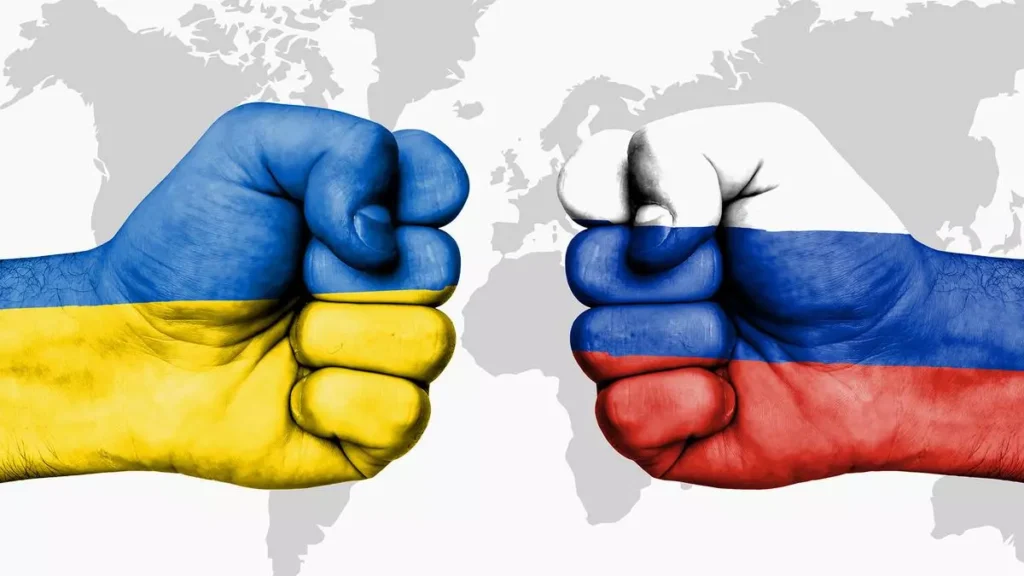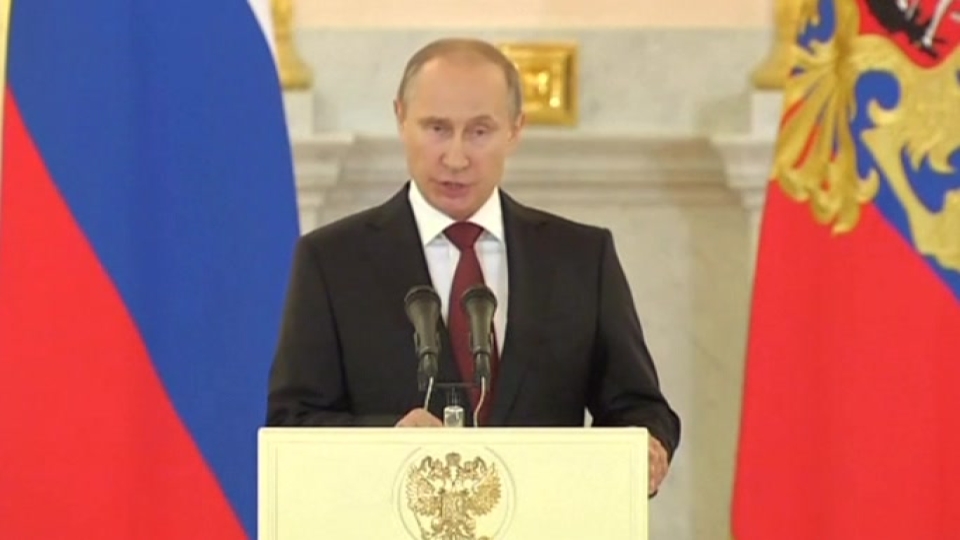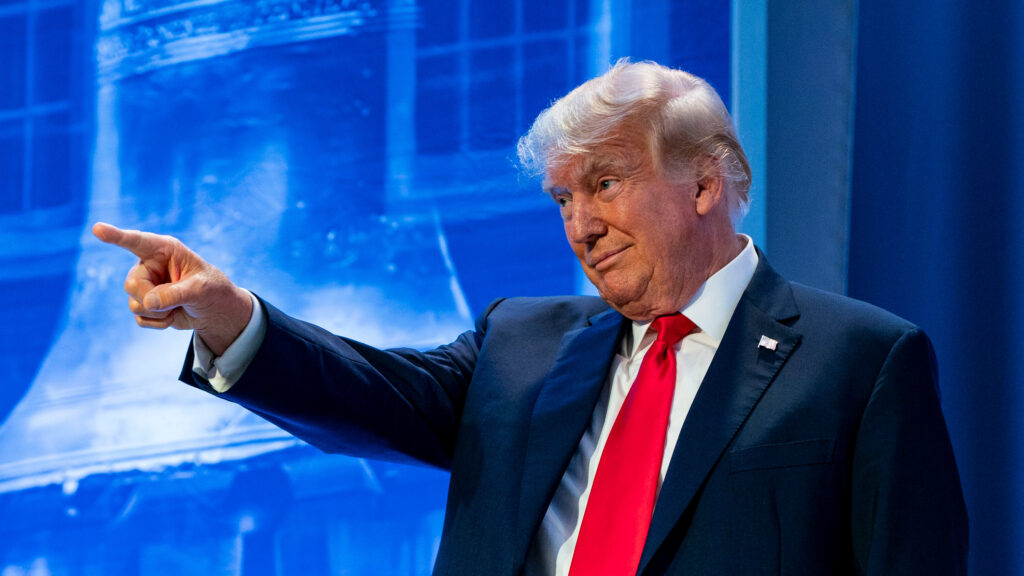The Diplomacy Surrounding the Ukraine Conflict and the UN Resolutions

The UN Ukraine resolution has sparked global debate, highlighting shifts in US-Russia diplomacy and European isolation in the Ukraine conflict. As ceasefire negotiations unfold, major geopolitical shifts in the Ukraine war continue to shape international relations.
Diplomatic efforts regarding the Ukraine conflict continue, highlighted by a meeting between Donald Trump and French President Emmanuel Macron, which yielded no significant outcomes. The United States opposed a European-Ukrainian draft resolution in the United Nations General Assembly that labeled Russia’s actions as a “war of aggression.” Instead, the US introduced a more neutral resolution, which was later amended by European states to include stronger language against Russia.
When put to a vote, 95 countries supported the amended resolution, while 98 either opposed, abstained, or refused to participate. Serbia, initially in favor, later apologized to Russia for its vote. In the UN Security Council, the US reintroduced its original, unamended resolution, which European states abstained from rather than vetoing. The resolution passed 10-0, marking a rare moment where the US, Russia, and China aligned, signaling European isolation.
This resolution, numbered 2774 of 2025, is significant as it is the first passed by the Security Council since the Ukraine conflict began. It calls for an end to the war without assigning blame, a stance opposed by European nations but backed by Russia and China, raising concerns in European capitals.
Analysis of the UN Resolution and European Isolation
Former British diplomat Ian Proud commented that the resolution reflects Europe’s growing diplomatic isolation on the Ukraine issue. Macron’s visit to the US aimed at maintaining American support for Ukraine, but the effectiveness of his efforts remains uncertain. European nations are struggling to either realign the US to their stance or chart a new course in the conflict.

The Truth Behind the US-Russia Bilateral Meeting
Russia contradicted Trump’s claim that a high-level bilateral meeting was planned for February 25, 2025, clarifying that only expert groups were being formed for discussions. The Russian Foreign Ministry emphasized ongoing negotiations regarding these groups. Trump’s statements, including claims about Russian approval of European peacekeepers in Ukraine, were denied by Russian officials.
Trump’s Strategy and the Ceasefire Issue
Trump’s approach appears to involve creating uncertainty, making statements that suggest potential peacekeeping efforts without firm commitments. Macron sought US guarantees for European peacekeepers, but Trump only offered limited logistical support. Russia, however, firmly rejects a ceasefire without a comprehensive settlement. Trump’s mixed messaging has left European leaders uncertain about US intentions.
Russia’s Stance on a Long-Term Settlement and the Ceasefire Option

Russia has consistently stated it will not agree to a ceasefire without a solid, sustainable resolution. President Putin reiterated that hostilities would only cease when negotiations produced a settlement favorable to Russia. Moscow no longer considers Minsk-style agreements viable and remains firm on its demands regarding Ukraine’s treatment of Russian citizens and institutions.
Differing Priorities of the US and Russia in the Ukraine Conflict

For Trump, Ukraine is a secondary concern, with his primary focus on China and US economic recovery. In contrast, Russia views Ukraine as an existential issue and seeks regime change in Kyiv. The divergence in priorities highlights the geopolitical complexities of the conflict, with Russia intent on achieving its strategic goals despite Western opposition.
Check out our latest analysis on the Ukraine conflict and global reactions.
➡ URL: https://trendytimes.online/us-ukraine-relations-us-frustration-with-zelensky-shifting-alliances-and-policy-strains/
